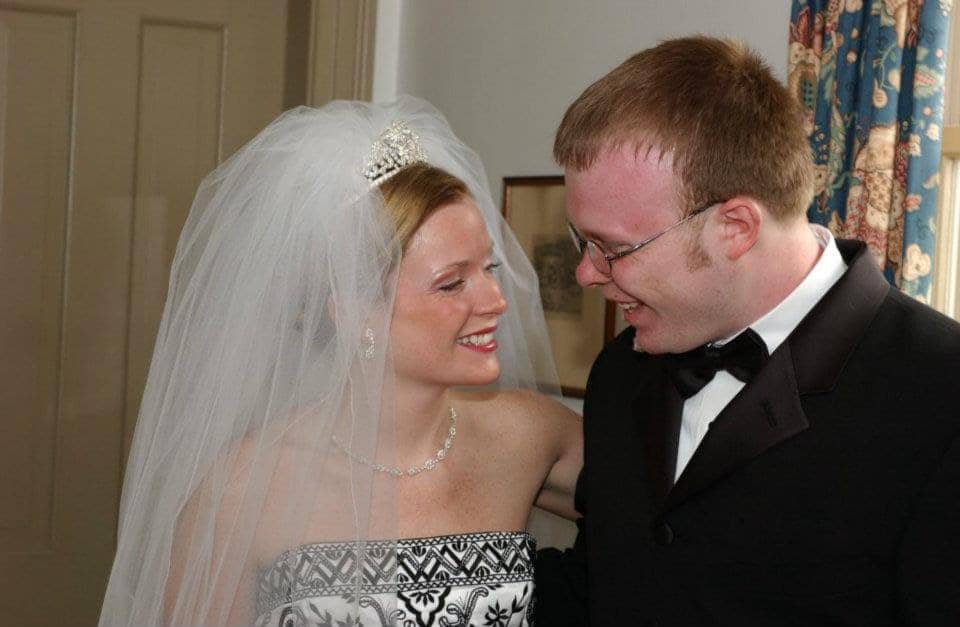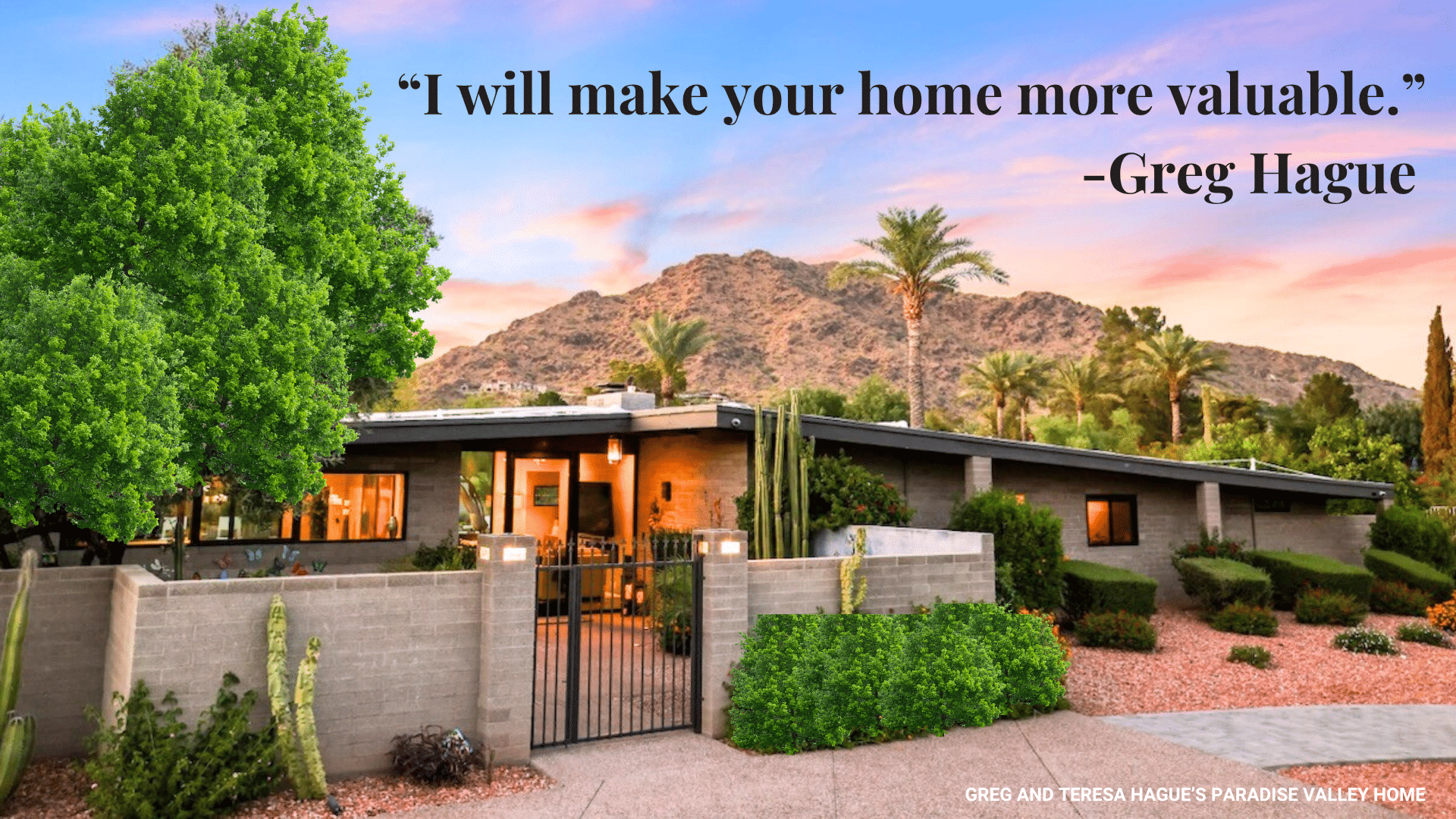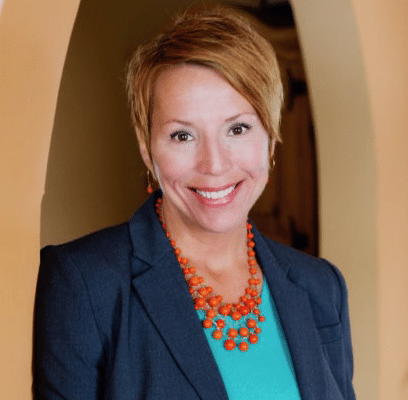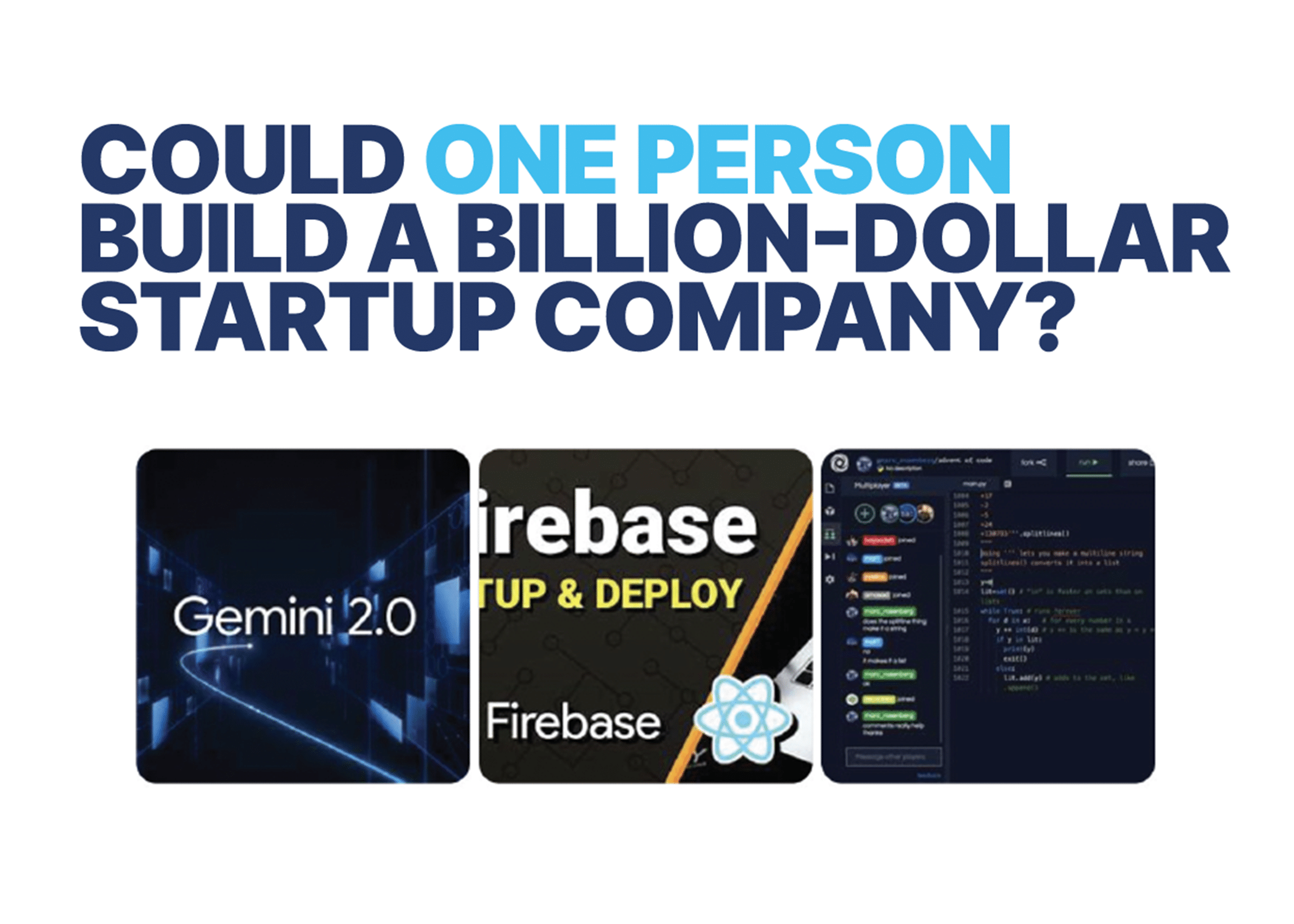“The first rule of selling is scarcity…’It’s a one of a kind. It’s irreplaceable. There will never be another one like it.’ Scarcity causes buyers to act. Scarcity causes buyers to pay more.” -Greg Hague
Every home in America is unique. Even if a home is in a subdivision surrounded by hundreds of others very much like it, the fact that it’s situated on a different lot in a different location with different surroundings makes it a one of a kind. Plus there are always distinctive attributes no matter how “cookie cutter” a home may superficially appear to be.
Understanding the importance of scarcity and how to create it is critical to effective selling, yet many in my industry (and others) don’t know how to do it. The result is “hope marketing”… throwing a home out there and seeing if it sells. If not, reduce the price. Ugh! That is not a strategy.
Scarcity is one of four “psychological drivers” that is essential to true selling. The others are social proof, fear of loss, and opportunity.
Social proof is making sure prospects know that many others are interested. This validates a home’s desirability and creates a competitive environment that reduces the possibility buyers will try for a discount.
Fear of loss is created naturally when social proof is leveraged properly. Opportunity is what you provide after fear of loss is created. Giving buyers the opportunity to win focuses them off of price negotiation.
But the ace in the hole, the magic used by top salespeople, is to first create scarcity so prospects want what you have… badly.
Then you enhance that scarcity with social proof. This sends the message that others feel the same way.
This naturally creates fear of loss, particularly if prospects feel like other prospects might have a chance to buy before them.
Finally, you introduce an unexpected opportunity. You give prospects a chance to head off everyone else and “win” the home by paying the seller’s price.
To me, the most fascinating part of it all is that the buyer who pays a premium price to win is often happier than the buyer who may have paid less, but didn’t feel like they won.
Apple is a great example of a company that mastered the art of sales built on scarcity, social proof, fear of loss and opportunity. By announcing new products like iPhones before they were in the stores and available to be purchased, Apple first created anticipation and excitement. They made a point in their ads to emphasize unique and compelling product features that had never been available before. This created an aura of scarcity.
Then when the company did release the product consumers lined up in droves to be the first to have one, which created social proof that Apple’s newest gizmo was an absolute must have.
Apple naturally caused customers to feel fear of loss by only releasing a limited quantity of each product. But if you were willing to stand in line for hours on special release day, you had the opportunity to have it before anyone else.
“The first lesson of economics is scarcity: there is never enough of anything to fully satisfy all those who want it.” -Thomas Sowell
All four psychological drivers are important, but scarcity is the foundation that drives them. Knowing that others want it, and that you might lose it, doesn’t matter if you don’t want it badly, and don’t believe it will be hard or impossible to replace.
Then once you’ve created scarcity and social proof, you create fear of loss in a subtle way so prospects don’t think it’s caused by you, but instead by circumstances beyond your control. Then you come to the rescue and be a hero by offering opportunity.
Helping people buy is not selling. Causing people to buy at a premium and be appreciative you gave them the opportunity is selling.
We all sell. So the next time you are in a selling situation try to create social proof, fear of loss and opportunity… but remember they are all built on scarcity.












